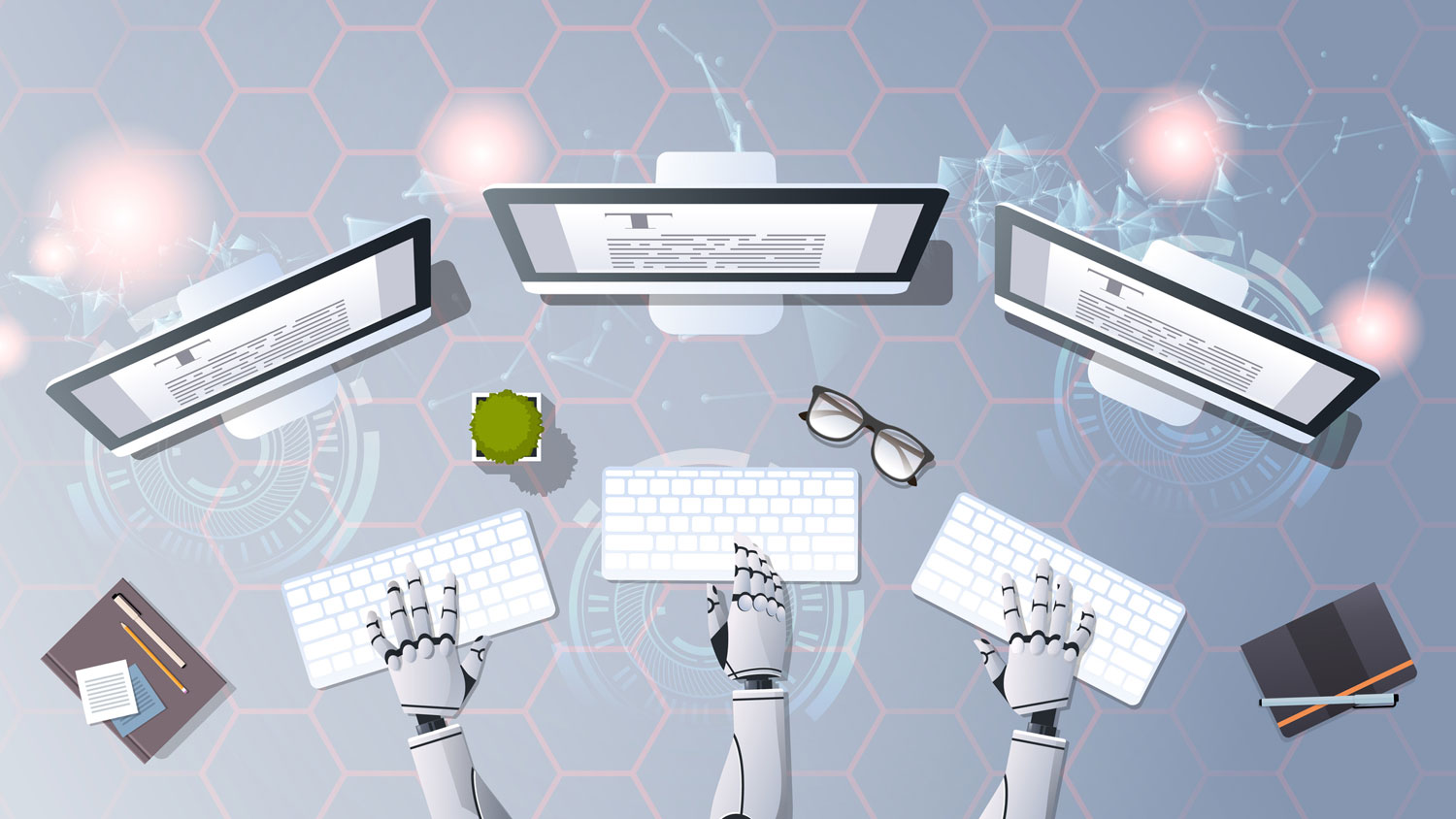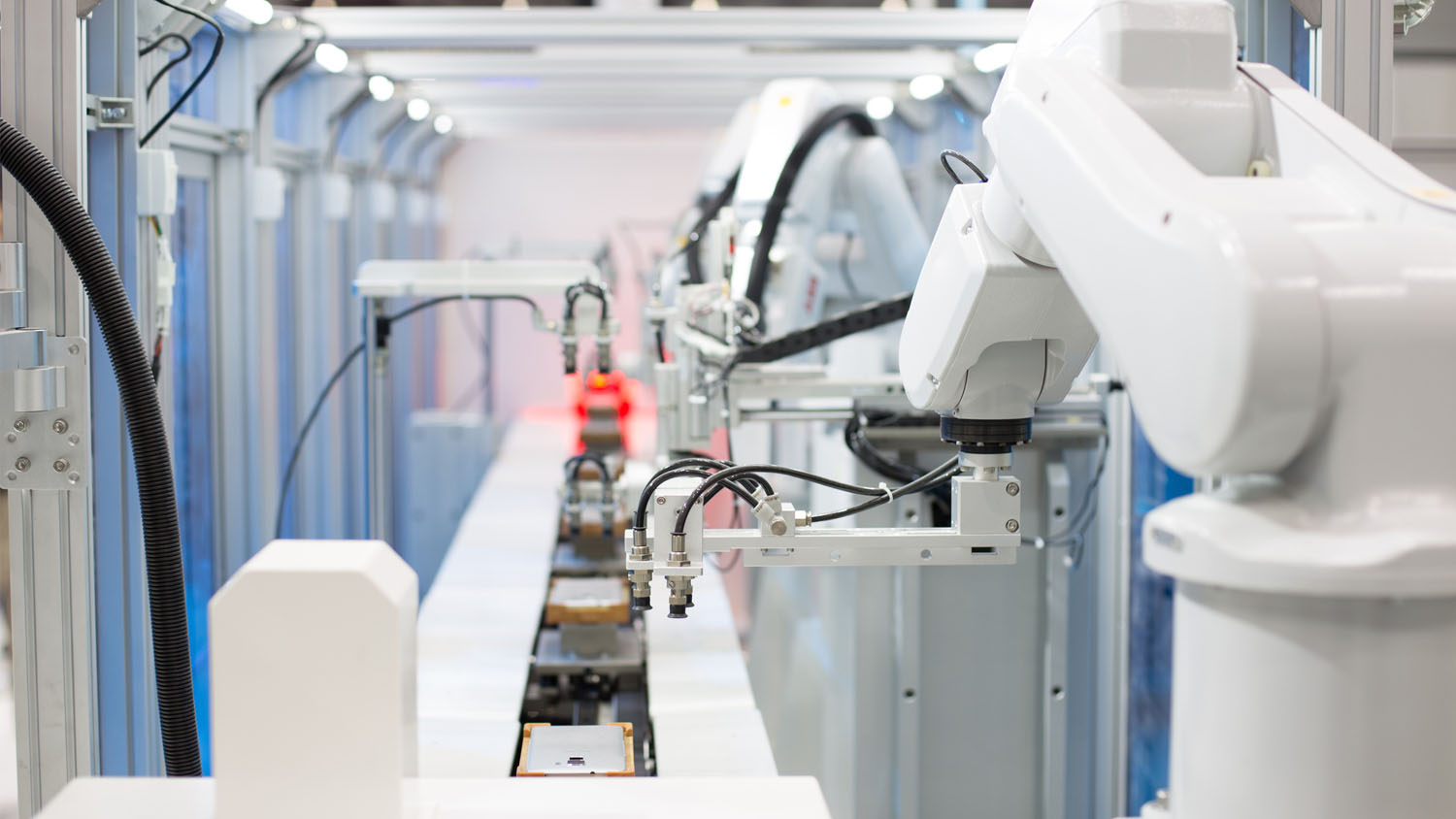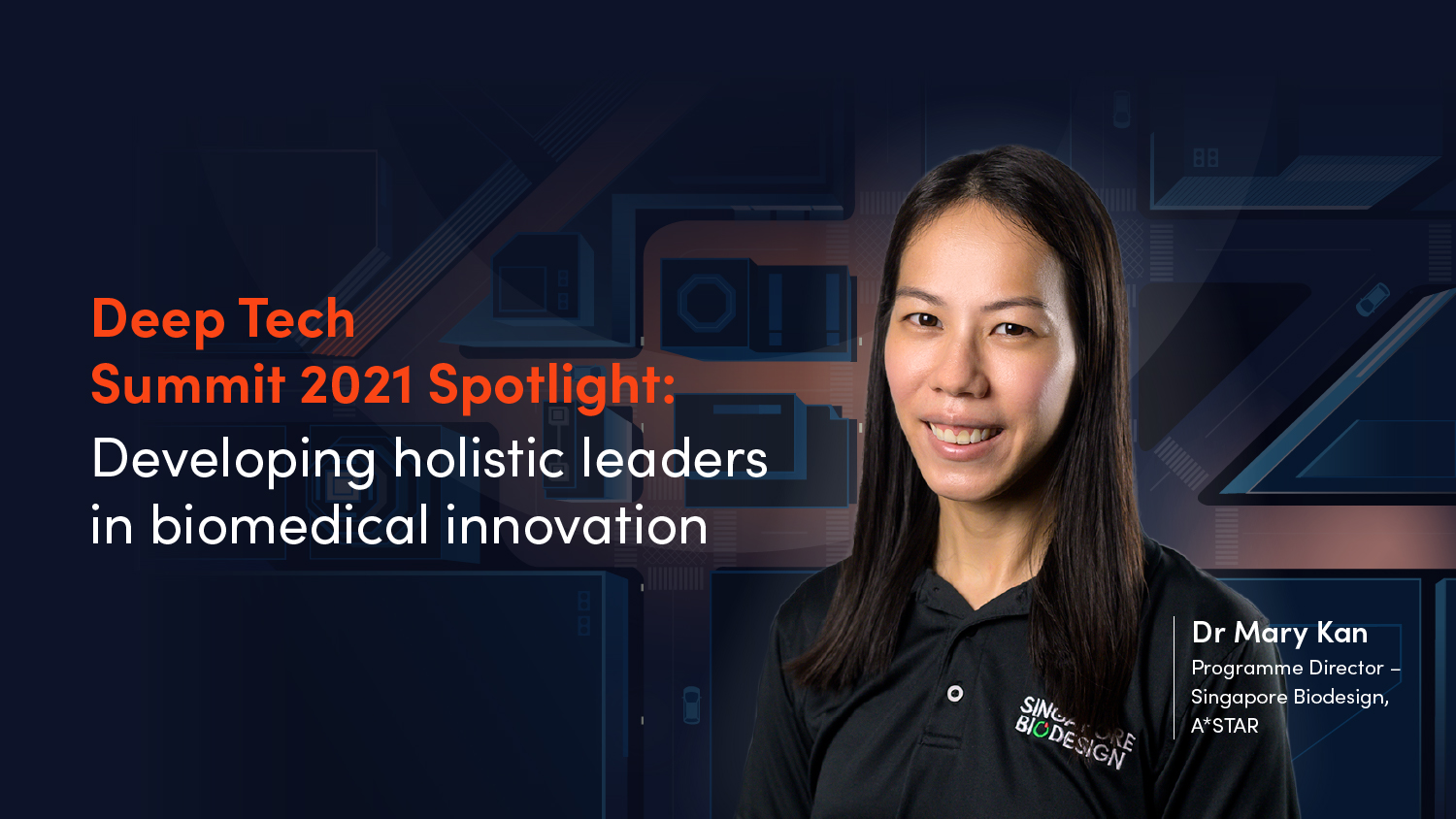Can our Well-Being at Work Be Improved in the Age of AI?
Mon, 01/13/2020 - 12:00
The promise of AI lies in its potential to revolutionise we what workers do in their daily jobs. AI may be able to replace repetitive and mundane tasks, freeing up workers to do more creative and meaningful tasks. The age of AI can provide a golden opportunity to increase a worker’s engagement, job satisfaction, motivation and reduce burnout. Simultaneously, this can also reduce attrition rates while improving performance, productivity and raising the reputation of the company.
Management has a key role to play in the improvement of our well-being in the age of AI. The following are five practical tips for managers to tap into this phenomenon. The tips are categorised into three sections: tips one and two are for identifying workers’ pain points in tasks; tips three and four are for optimising the workflow in these tasks; and tip five defines transparency and fairness in the algorithms of AI systems.
Identifying Workers’ Pain Points in Tasks
The first tip for management is to identify and rectify workers’ current pain points by focusing on addressing repetitive and manual tasks using AI, particularly those tasks which are time consuming and can cause burnout. For example, a team leader may have to spend many hours sorting through a staff schedule spreadsheet to deploy his/her team members to attend to the myriad components of a project. This manual and time-consuming task can cause exhaustion in the team leader. Such tasks should be the first to be addressed and automated by an AI system.
The second tip will be to adopt a bottom-up approach by empowering workers with a voice and choice in identifying the tasks they wish to do. An exemplary instance of this is the case of the patient service associates (PSAs) in Singapore’s healthcare sector. PSAs used to carry out many repetitive and manual clerical tasks such as the task of manually entering patient information into a computer system and manually placing hard copy documents into mail envelopes. However, technology has automated such tasks. Rather than retrenching the PSAs, Singaporean hospitals carried out a series of engagement meetings between the hospital’s management, the labour unions and the workers. The PSAs were empowered to identify new tasks that they wished to do. PSAs chose more human-centred tasks that increased patient engagement, such as blood drawing and helping elderly patients use new automated computer systems. After proper training, PSAs could then do these basic medical and patient-facing tasks that were previously undertaken by nurses. This might free up the nurses to take on some additional tasks from the doctors, and doctors might then have more time to carry out higher-order tasks. The PSAs could continue being employed, while the entire healthcare sector could improve their service delivery to patients. This provides a compelling example of how management can work with workers to identify more meaningful tasks that benefit the workers and the company, while allowing technology and AI-related systems to automate repetitive and manual tasks. It also disproves the notion that AI will automatically lead to the retrenchment of workers.
Optimising the Workflow in These Tasks
The third tip refers to the need to moderate the frequency and intensity of empathy tasks that workers do when AI systems replace lower-order tasks. Empathy tasks refer to tasks that are more people-facing which require strong soft skills. Such tasks are perceived to be “AI-resistant” since it is difficult for technology to replace the human touch. Many experts have claimed that as lower-order repetitive and manual tasks are replaced by AI systems, workers can transition to doing more empathy tasks. However, excessive frequency and intensity of empathy tasks can be harmful for the worker. For example, a care coordinator working in a hospital who must carry out many empathy tasks such as caring for several end-of-life patients simultaneously and briefing their bereaved caregivers on end-of-life preparations is likely to be emotionally exhausted. Likewise, a social media screener in a social media company who has the task of removing graphic or unsavory online content continuously can be mentally affected as well. It is imperative that management help monitor and moderate the frequency and intensity of empathy tasks that workers do. In the future, it is possible that an intelligent AI system can automatically detect the frequency and intensity of empathy tasks a worker is doing and can then re-assign him/her to another non-empathy task temporarily so that he/she can have a mental health break.
The fourth tip refers to helping workers multitask effectively. Some experts claim that as AI systems replace repetitive and manual tasks, workers can transition to more advanced tasks. However, if not handled properly, the worker can become overloaded. For example, an AI system can help with the repetitive task of identifying potential customers to a salesperson. However, this may create unrealistic expectations by management that the salesperson must now meet much higher sales targets or should initiate contact with customers at an increased pace. Again, the increase in type, frequency and intensity of tasks can cause burnout in the worker. This is an example of how AI can be ‘misused’ by poor human management, instead of being the inherent fault of the technology. This potential misuse can be addressed by having policies which allow workers to have sufficient time to focus and prioritise on a singular task when needed, and adequately pacing out their tasks.
Transparency and Fairness in the Algorithms of AI Systems
The fifth tip refers to the need for management to define the transparency and fairness in the algorithms in the AI systems that employees work with, which can profoundly impact how workers carry out tasks. An example of this is how algorithms in AI systems can generate product recommendations to insurance staff based on the customer’s ethnicity, gender, or sexual orientation. This can influence the task of service delivery and may unintentionally cause the insurance staff to discriminate against certain minorities. Therefore, management can take the lead by ensuring that the use of such algorithms, the decision-making process in deriving the algorithms, and the impact on workers’ tasks are discussed with all stakeholders to ensure transparency and fairness at all levels.
In conclusion, the age of AI can be a golden opportunity to recentre the conversation on creating a better future of work. Management can identify current workers’ pain points and address them, using AI where applicable to automate repetitive and manual tasks. As workers transition from lower-order to higher-order tasks, management can help monitor and moderate the frequency and intensity of empathy tasks while avoiding excessive and unnecessary multitasking. Eventually, AI can help with these types of monitoring and moderating too. Lastly, management can take the lead in defining transparency and fairness in the use of algorithms in AI systems. If handled properly, the age of AI can facilitate the creation of jobs suited for the new economy, that contain an eclectic range of meaningful, engaging, empathic and creative tasks.
Live with AI gathers thought leaders from France and Singapore to lead research projects on the positive impact of AI to our society. SGInnovate is a partner of this initiative.
You may download the latest white paper here.
Trending Posts
- Scaling nanomaterials is challenging — Meet the startup with a hybrid solution
- Surveying Singapore's early-stage emerging tech startup landscape
- Mentor's Perspective: How hiring a TCM Physician has benefitted this MedTech startup
- From meridian points to machine learning
- A Guide to Singapore’s Cell & Gene Therapy Ecosystem






